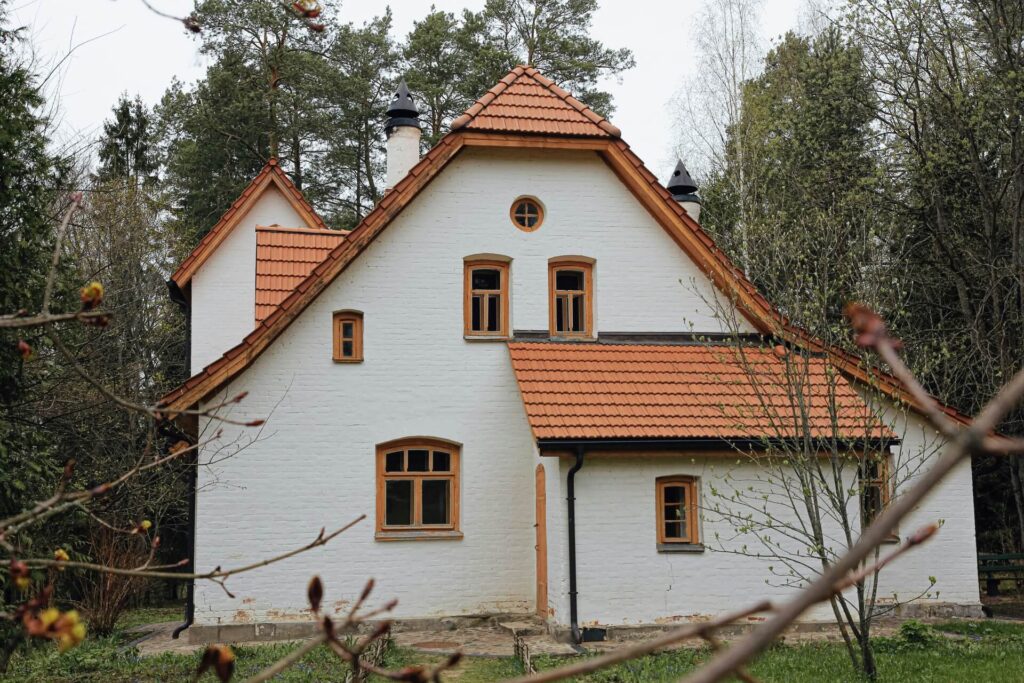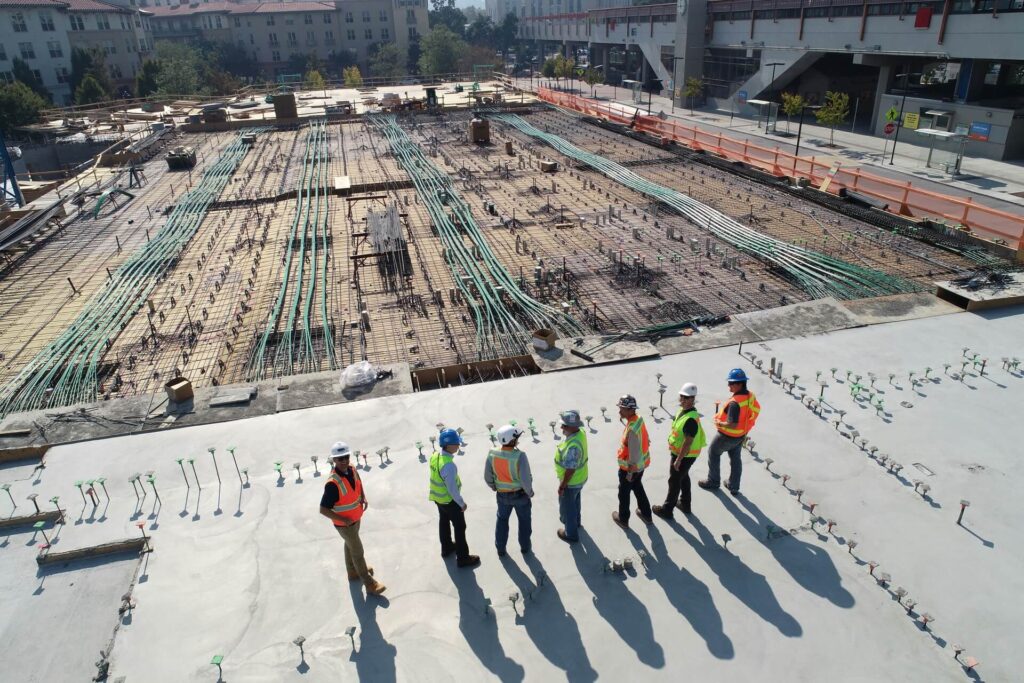
We are reader-supported. When you buy through links on our site, we may earn an affiliate commission.
The question on your mind right now might be, “What is a residential architect and how do I become one?” Of course, it’s little wonder — the architecture field is currently trending hot.
Recent insights from the National Council of Architectural Registration Boards (NCARB) show that there were 24% more new architects in 2021 than in 2020 — equating to 4,000 professionals completing their certifications and entering the field.
Residential architects, in particular, have ample opportunities as single-family and multifamily construction ramps up following the pandemic. If designing floor plans, customizing projects for clients and watching your ideas come to life sounds exciting, consider pursuing the field yourself. Here’s a breakdown of the role and the steps you must take to become a residential architect.
What Is a Residential Architect?
First, what is a residential architect? A residential architect specializes in designing and building homes and residential buildings, such as apartments and condos. They could work with clients individually or get hired by a contractor or builder to create floor plans that adhere to functionality and aesthetic.
A residential architect considers style, objectives, budget and tastes, combining all aspects into a scaled blueprint to work off of during construction. That means they must know local zoning and building codes, ecological impediments and structural specifications.
The average salary is $63,266 for residential architects in the United States. However, professionals could make as much as $78,794 with experience and skill.
How Do I Become a Residential Architect?
Residential architecture is an excellent career path for creatives — developing a comfortable, safe space for people to live is also fulfilling. Follow these steps if you’re interested in becoming a residential architect.
1. Get a Degree
Residential architects need licensure to work in the field. However, they’ll need a bachelor’s degree at a minimum for eligibility.
All architecture undergraduate programs must be accredited by the National Architectural Accrediting Board (NAAB) to ensure students gain an adequate understanding of drafting freehand and digital home designs, building codes, materials and labor. The NAAB also accredits master’s and doctoral levels for those who want to continue their education.
Colleges also require students to participate in a three-year internship program where they can apply their learning to real-life training and experience. Before seeking credentialing, students must pass the Architect Registration Examination (ARE) to test their skills and expertise.
2. Gain Essential Skills
The residential architect role is often customer-facing, so you’ll need a broad skill set to do the job well. For instance, communication and problem-solving skills are essential for clients to fully understand the project’s scope and resolve any issues early in the drafting phase.
Other hard and soft skills you should have as a residential architect include the following:
- Experience with computer-aided design (CAD) software
- Creativity
- Collaboration
- Math and physics — for example, geometry and whether the foundation is capable of bearing weight
- Active listening
- Knowledge of building codes and laws
- Project management
- Research skills
Prospective residential architects will learn many skills throughout college, but you’ll gain the best experience on the job.
3. Obtain Licensure and Certification
All residential architects must seek credentialing from their state’s regulatory agency where they intend to practice — all U.S. states and domestic territories maintain individual requirements.
Always check your jurisdiction’s eligibility rules before applying for licensure. All states require residential architects to hold a degree from a NAAB-accredited program, complete a three-year internship and pass the ARE. Some might ask for additional documents or examinations beforehand.
4. Start the Job Search
With a license in hand, residential architects can begin the job search process. Of course, getting a foot in the door will have its challenges, especially with limited experience. Generating a resume and portfolio should be the first step. Meanwhile, networking and cold calling are other avenues for obtaining a job as a residential architect.
Some of the best entry-level positions come from small firms or construction companies near your home. Even a part-time role will offer plenty of experience you can apply to the next job.
Remember to conduct research on various firms and brush up your online presence. Your social media accounts should remain professional. Additionally, it wouldn’t hurt to showcase your background with a digital CV or portfolio — an excellent option for appealing to clientele.
Build Opportunities Through Planning Homes
You’ll have numerous chances to feed your creative soul and make a difference as a residential architect. Your skillfulness in drafting home plans and designing lifestyles is a way to build opportunities. Consider becoming a residential architect if you’re passionate about shaping the design and style of the housing market.







